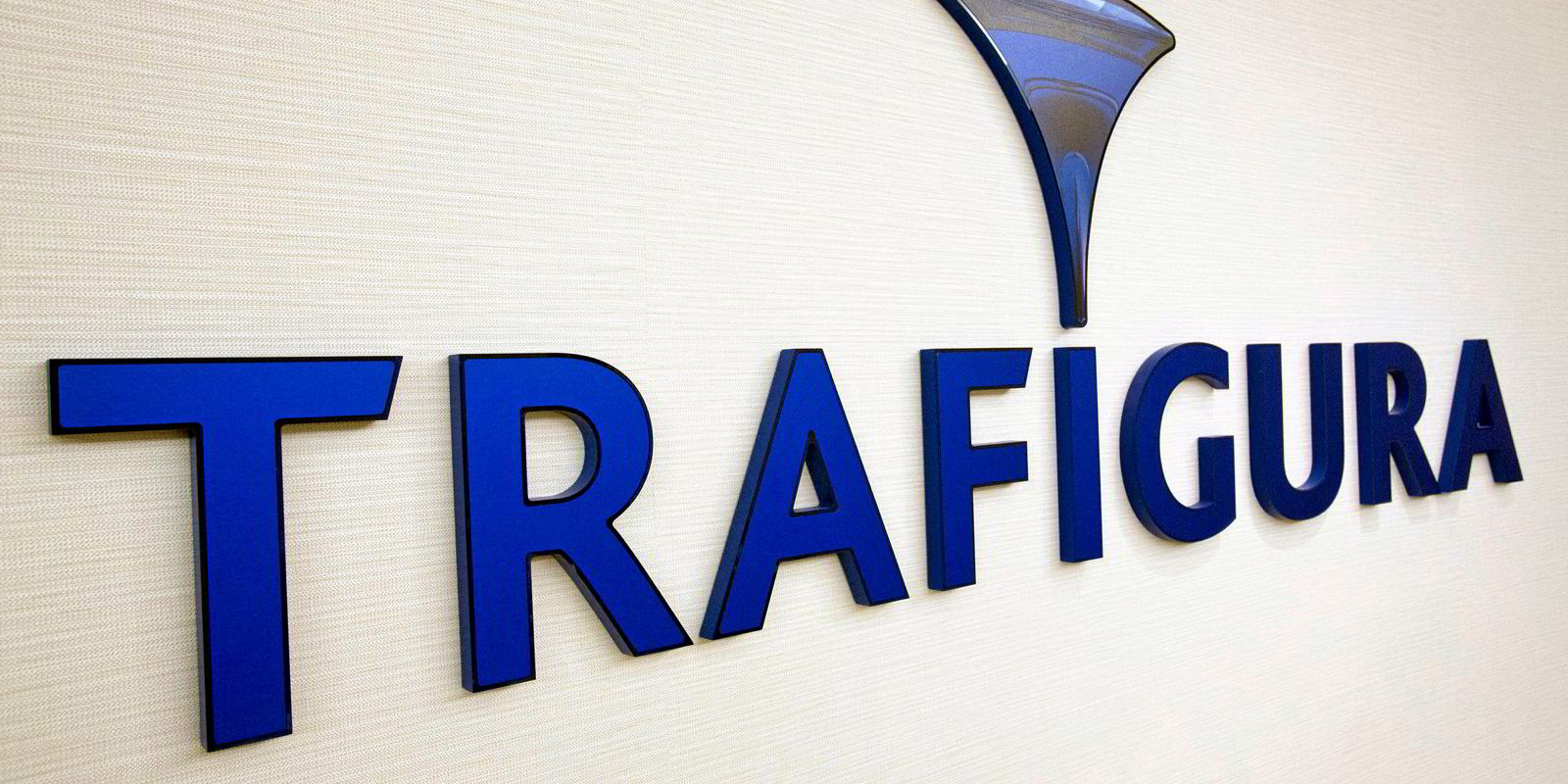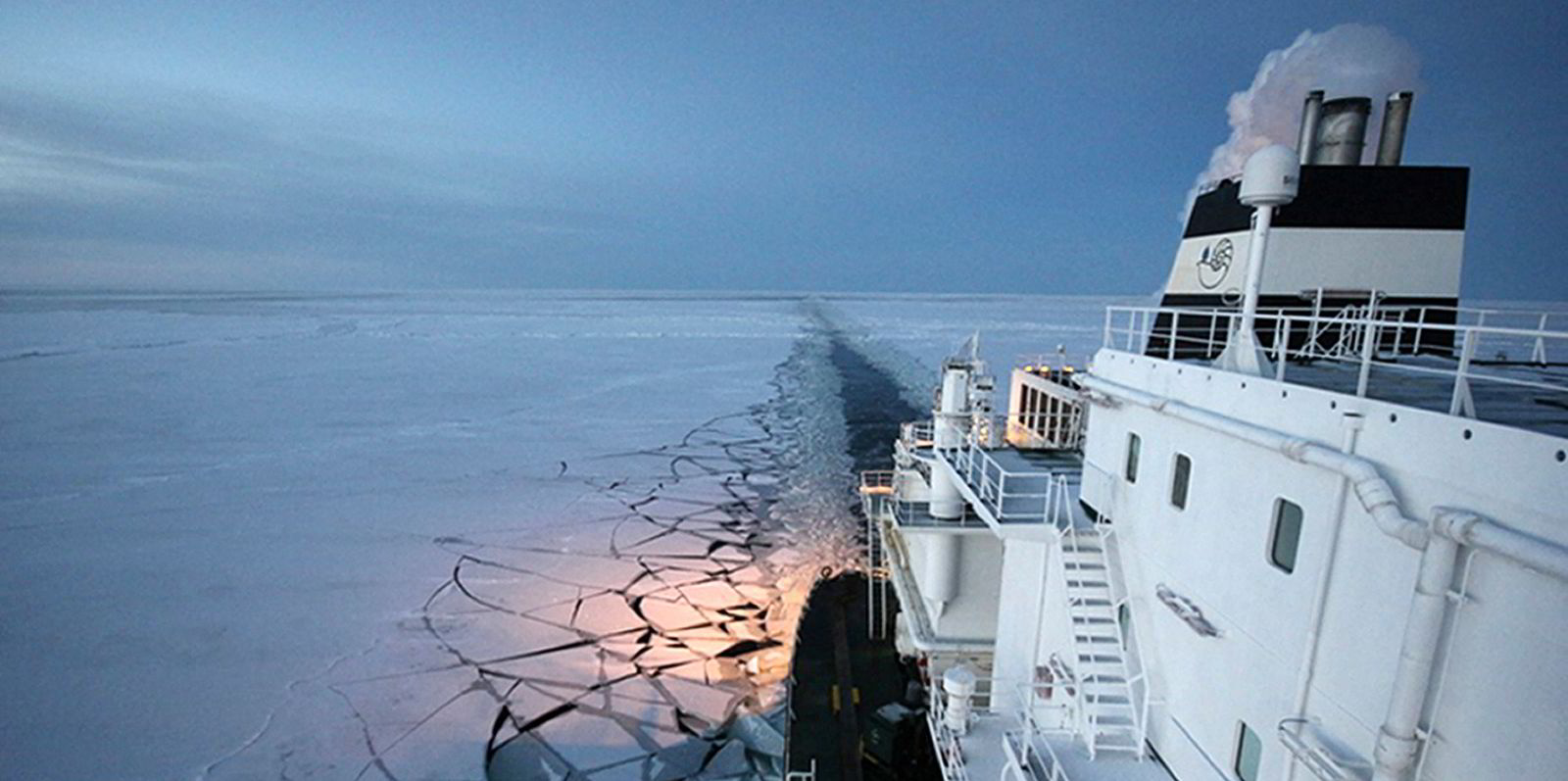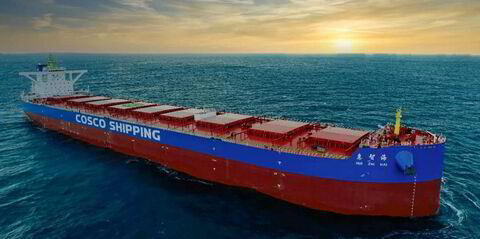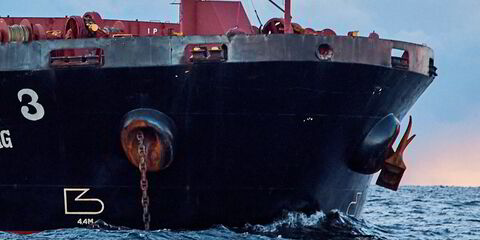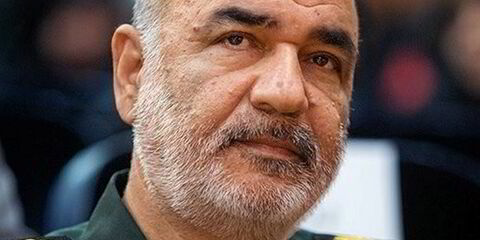Bizarrely, the task that shipping companies face in navigating a safe path through a web of sanctions on Russian oil and products has just become both easier and trickier. Meetings in the past week between the big trading houses such as Vitol, Trafigura and Gunvor with the US Department of State signal a new desire to keep Kremlin crude flowing.
This means more oil on the water, more chartering of tankers and generally more business, although the legality of any individual shipment can be complex and unclear. This is why the oil traders have increasingly been steering clear but Washington is saying “go for it”.
Meanwhile, the tanker market is already booming, with evidence of VLCC hire rates breaking through the $100,000-per-day mark once again — as they did in November last year.
Commodity data supplier Kpler estimates that around 1.2m barrels of crude are already currently on the water as demand from the world’s biggest importer — China — continues to surge. Shipbrokers say the sale-and-purchase market for tankers is hotter than ever as asset prices soar.
Demand for cut-price Russian Urals blend is particularly strong in China, India and Turkey, where refineries are working flat out.
Oil products derived from Kremlin crude and then refined in Turkey can be legally imported into the European Union despite the Brussels ban on direct shipments from Russia.
Critics say this arrangement makes a mockery of the sanctions regime, which was originally aimed at cutting the Siberian export revenues that fund the invasion of Ukraine.
Washington officials say sanctions are working despite the Dutch foreign minister stating last month that they were being evaded on a “massive scale”.
The US officials insist they have been talking to oil traders only so that everyone is clear about the sanctions, especially with regard to price caps.
Russian oil can be moved under sanctions imposed by the G7 leading economies and Australia but only with proof it was bought for under $60 per barrel. In fact, the Urals blend has been naturally priced below that level although new demand increases may change that picture.
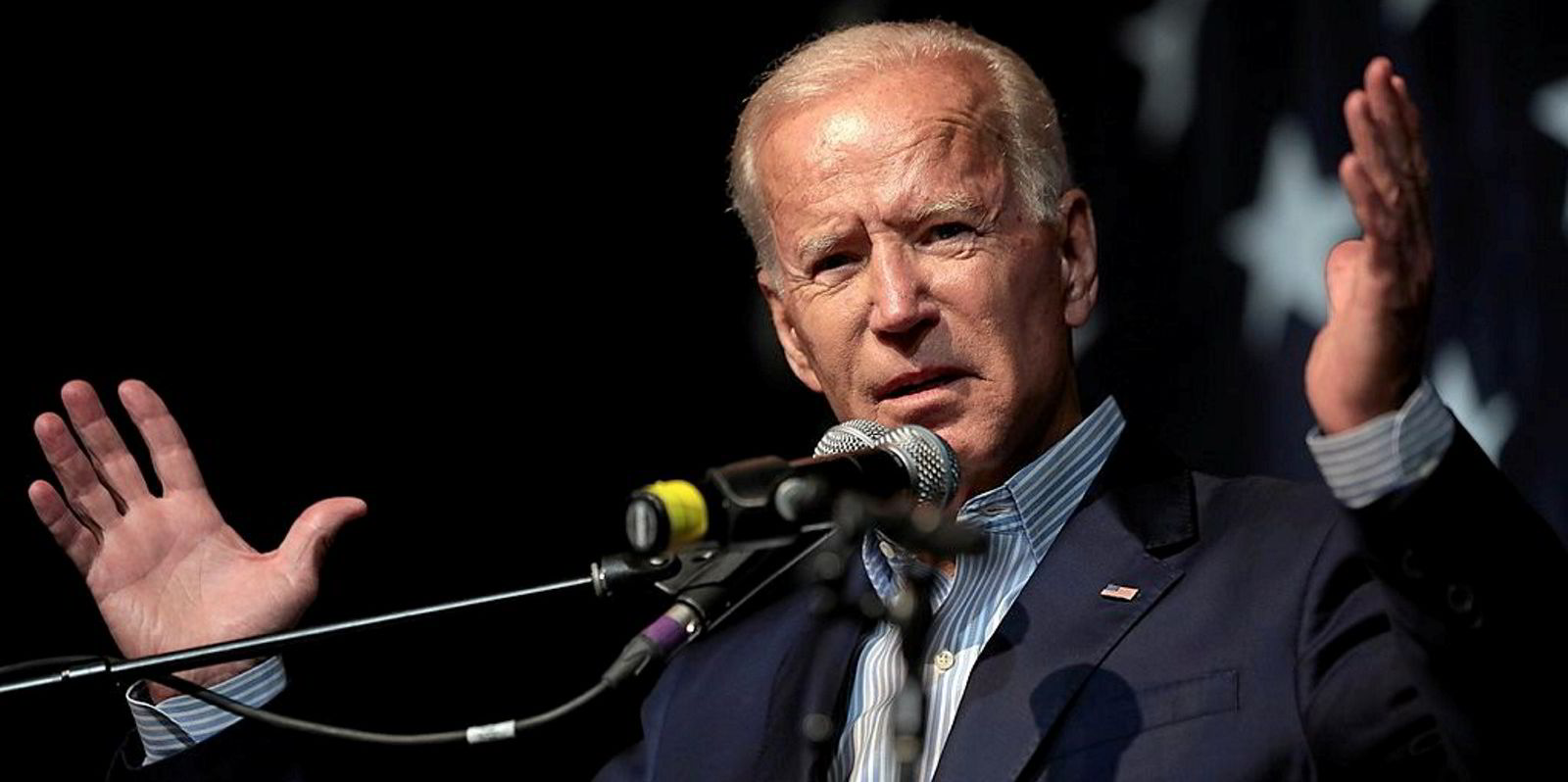
It does seem the US is trying to balance up encouraging tough action against Moscow but also ensuring that energy prices do not go through the roof due to energy shipments seizing up.
We looked in this column last week at the dangers facing shipbrokers and others after a warning from Clarksons boss Andi Case that some in the industry were playing fast and loose with the rules.
There are concerns that those feeding the “dark fleet” with fixtures and tonnage could endanger life at sea.
Demand for cut-price Russian Urals blend is particularly strong in China, India and Turkey, where refineries are working flat out
This is because some of these tankers move around with their navigation safety features switched off to avoid identification and detection.
The official message coming out of Washington to the oil traders, as reported in the Financial Times, is that they should stay involved in Russian shipments — but just ensure they adhere to the price cap.
But the way the communications went seemed to leave everyone with the view there would be light-touch enforcement of the regulations by the US.
“It’s up to individual companies to make their own decisions,” one of Joe Biden’s administrators said to the Financial Times. “Our goal is to communicate what is allowed under the price cap architecture.”
Washington is aware that the big oil traders have been increasingly steering clear of Russian business for fear of ending up in the US courts.
They are now clearly being given the green light to become more involved in a bid to ensure that global demand/supply is kept in balance and prices remain lower.
Vitol and Trafigura, like the major Western oil companies, have both been disposing of investments in Russia.
Vitol sold its 5% share — estimated to be worth $3.5bn — in the Vostok oil and gas project in the Arctic last December, while Trafigura offloaded a larger stake of 10% earlier this year.
Neither trader is in desperate need of the money from either trading Russian crude or making investments there.
Vitol earned a record $4.2bn in the first half of 2022 alone — more than it made in the whole of 2021.
In December last year, Trafigura released its annual profits of $7bn, so these traders hardly need to fill their boots at the behest of Washington.
Shipping must now make up its own mind over the potential rewards and very real risks.

